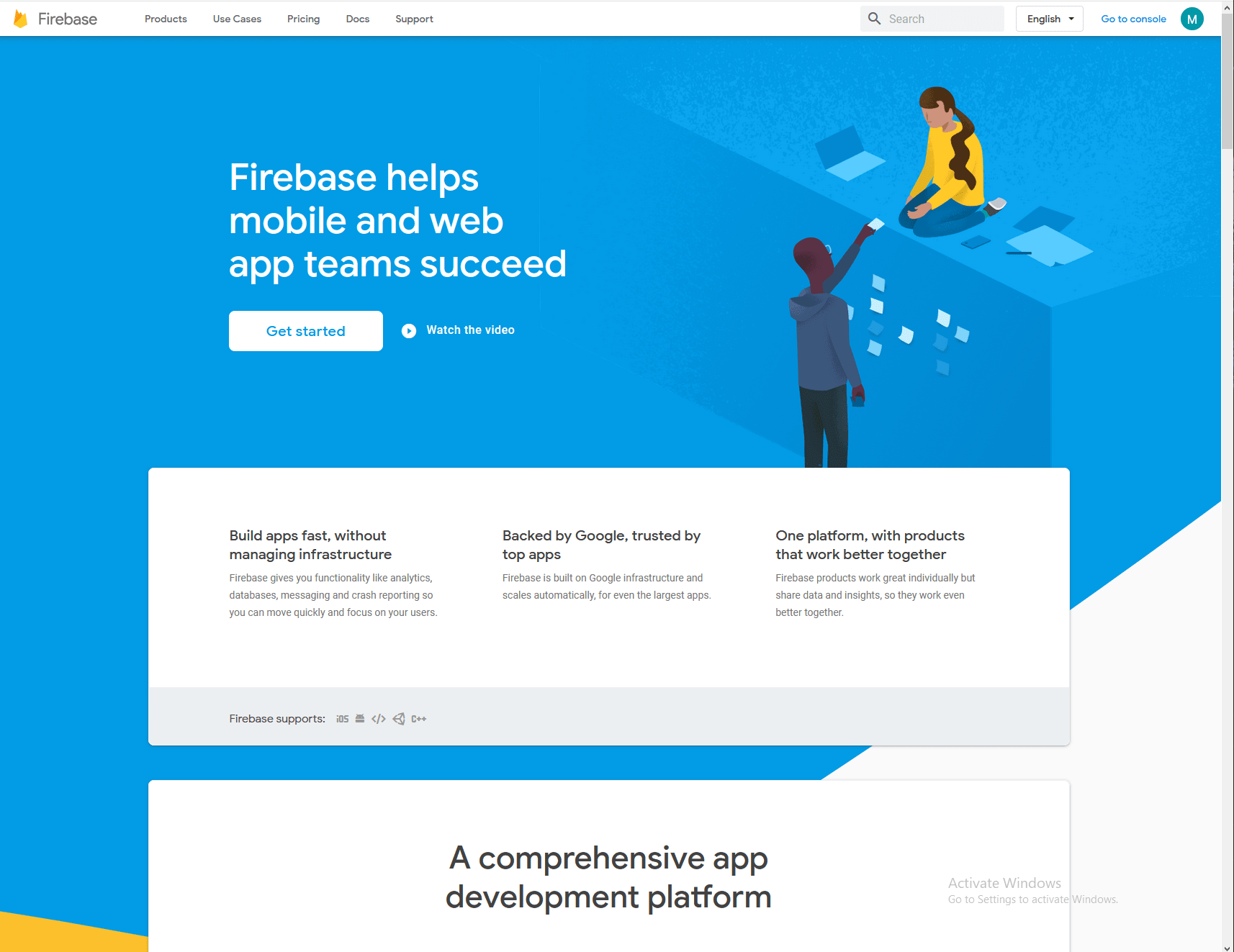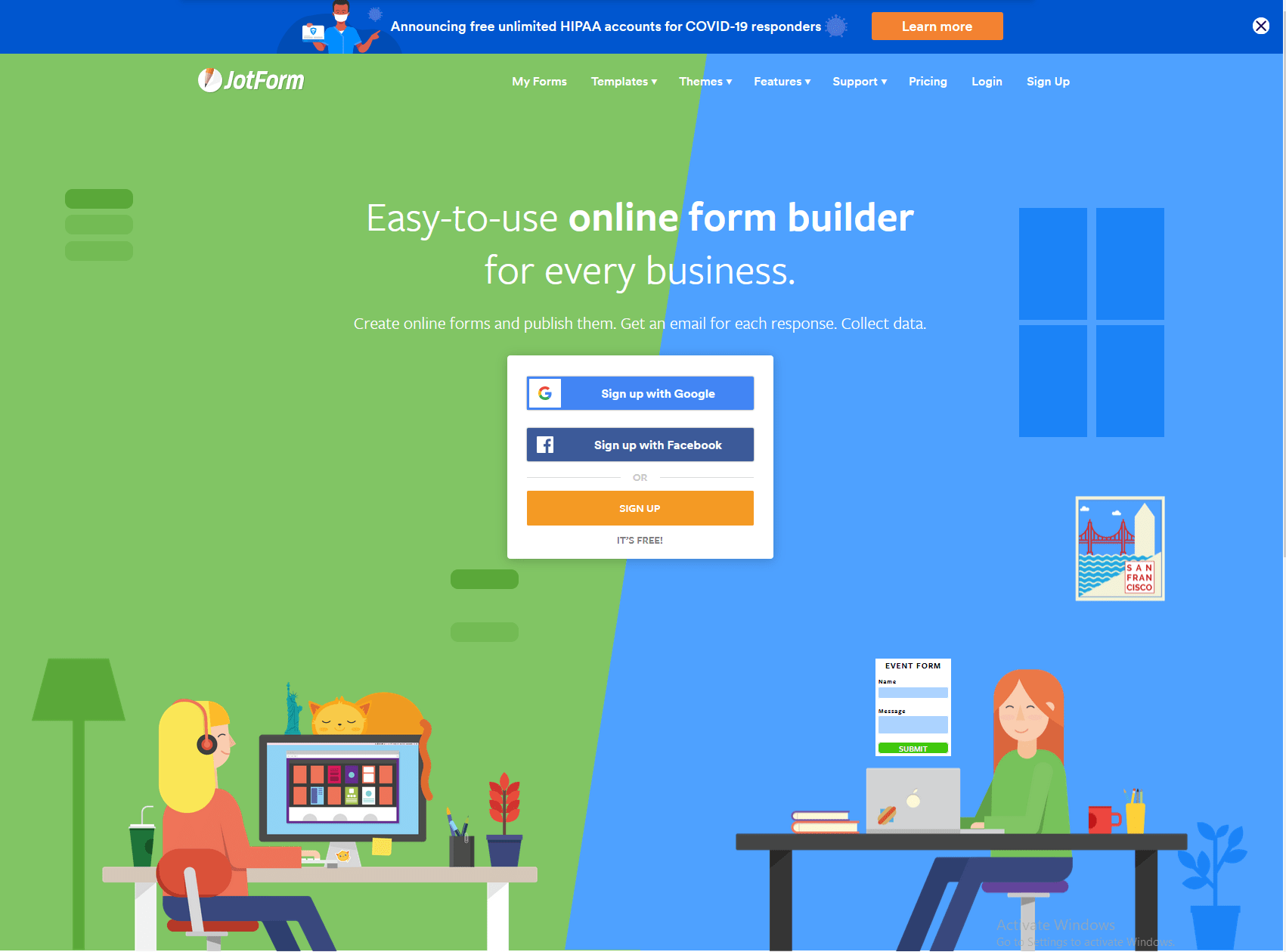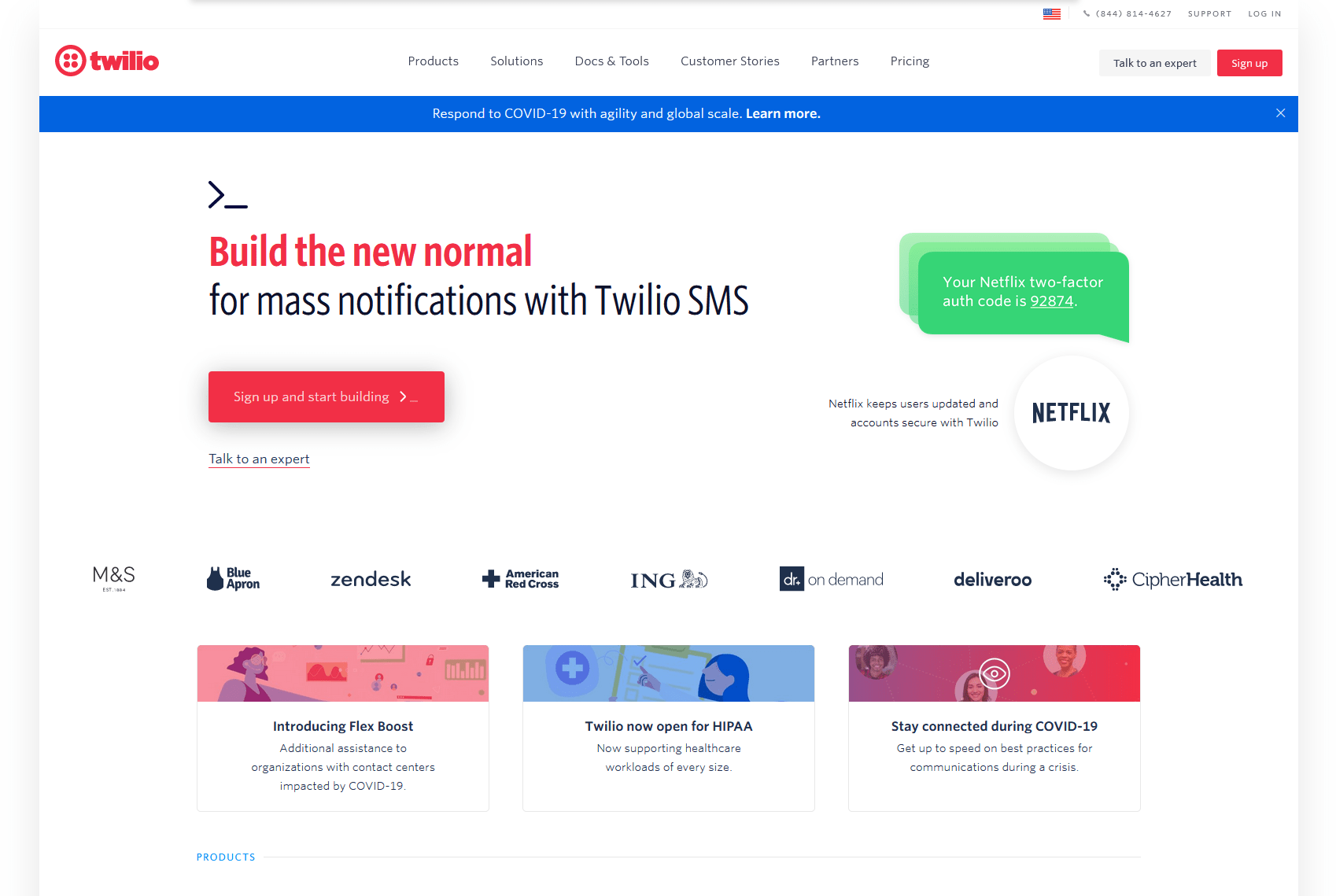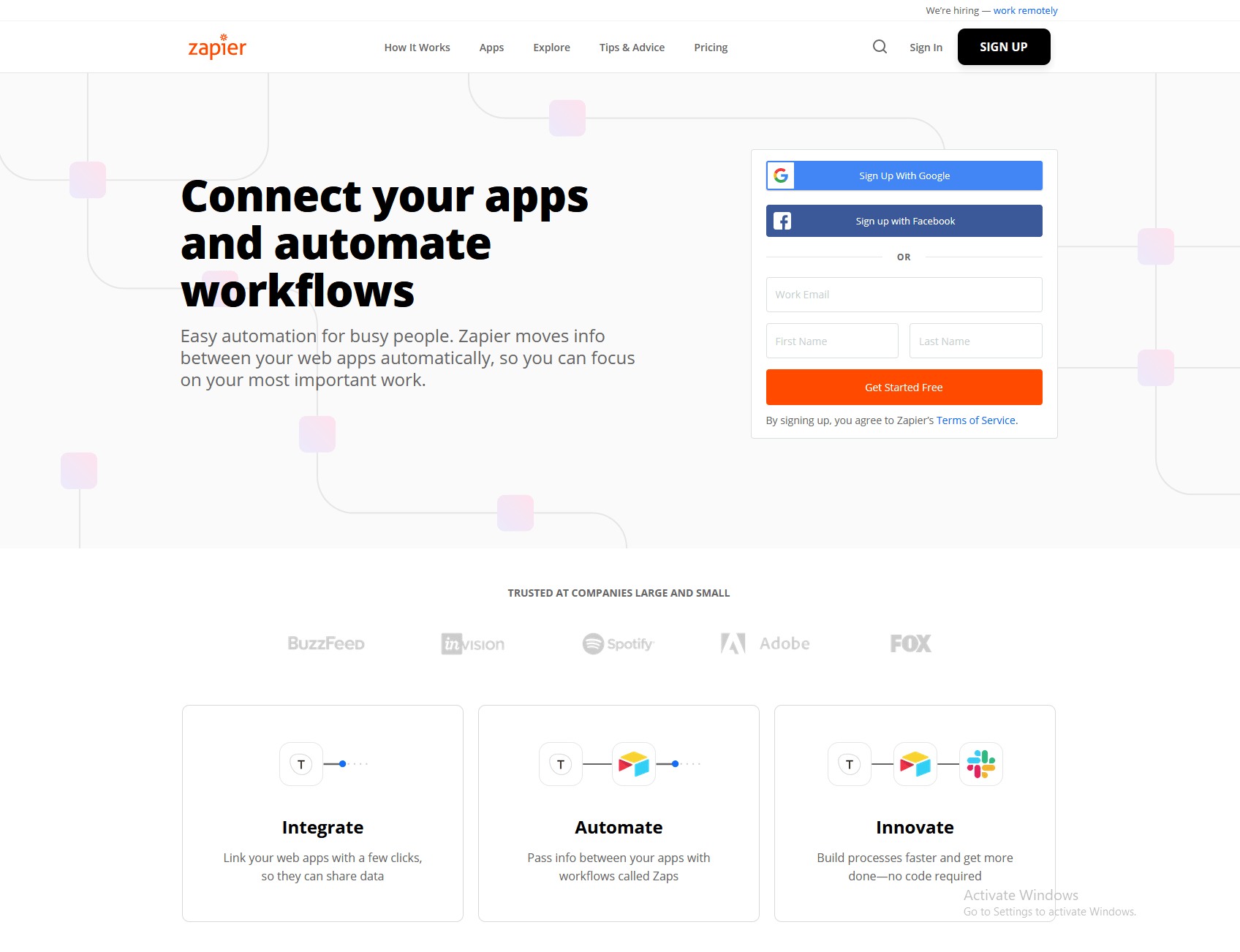
COVID-19 Response App
COVID-19 is part of everyday life, and it is easy to feel like this is happening and we have no control. However, we do have our part to play as non-front liners. For starters, CDC COVID-19 website has many helpful resources including one of the current most powerful tools: self-isolation. Aside from that though, the federal response severely lacks in data and top-down guidance. To that end, Health innovation companies are playing a key role in fighting the outbreak. This is where we can also make a difference.
I have written a couple posts about Pivoting for the COVID-19 Response. The primary work has been coordinating with practitioners to help them with pressing issues such a hospital capacity planning, resource management, and preparing for difficult conversations. Talking to subject matter experts (SMEs) in the field is where the rubber meets the road for creating the product.
Pivot for a crisis
We are well into the response and have seen some wonderful apps come out and communicated across the board. These new apps do require us to find our place in the innovation landscape, but we have been working with great resources to stay on top of it:
- Keep in touch with product owners. We have been working closely with the people who are at the forefront--the business owners--the doctors.
- Utilize and contribute to open source projects. There are many great tools and capabilities being built by brilliant developers. We try to build on them to reduce redundant effort on both our sides. Collaborative work is easy with tools such as GitHub and Confluence, and collaborating is essential in such a fast-changing and technically complex problem.
- Data
Customizing hospital capacity curve
I came across this highly customizable capacity curve build in D3.js: Epidemic calculator (and the epicalc repo). I think this is a great example of a lightweight application build in D3 using the Svelte deployment framework. There was some great research put into the app, which is referenced at the bottom of the page.
Here are a few ways I could see elevating this code to make it more useful:
- An additional drop-down box for state/county that pre-populates a few of the fields with population per region. This would allow to feed data and customize for regions. This can be pre-populated with data from the Harvard hospital capacity gsheet.
- An adjustable horizontal like that represents "max hospital capacity". This would enable an obvious target to remain under for any given region
Questionnaire App
We are designing a COVID-19 Response Quesionnaire and have a write up with more details.
Flexible platforms
Platforms that allow flexibility are an amazing for a fast-evolving, scattered effort like this one. These platforms enable innovate solutions to be built and deployed with no or little cost and scaled to meet significant demand. We are building our Questionnaire App using the following components.
Firebase (GCP) - A suite of Google Cloud Platform tools that enable end-to-end app development and deployment. Feature development components include iOS, Android, and the web via Angular. We are especially interested in using Google Analytics and the ability to do cloud messaging.

Jotform - Since we are building a questionnaire, we needed to rapidly prototype and do user testing. Jotform has a clean interface and has usseful features such as business rules and many integrations, which I will discuss next!

Twilio - One critical aspect was the ability to reach out to patients to understand the outcomes of the decision made. We wanted to keep this minimally invasive for patients and chose to use SMS messaging dierctly to their phone number. Twilio provides automated services for this and more. There is a free tier for demoing, but we did need to put down a nominal amount of money to get it running for our prototype and user testing.

Zapier - We needed to integrate many components to fit the rapidly changing needs of our users. Zapier provides a slick interface for creating "zaps" which are triggers from one app to another for a multitude of platforms and applications. We were able to quickly tie our prototype form in Jotform to customer contact platform, Twilio, to message patients. There is a free tier of 1000 "zaps", so we can do quite a bit of testing and initial deployment with it before we even need to enter payment information.

